I Was Fishing Blind
Like many people I had done a bit of fishing as a kid. My parents started taking my brother and I hiking from the time we were old enough to walk, and instilled in us a passion for the outdoors – and fishing was a fun part of that. I joined the Cub Scouts (there were no Tiger scouts back then) then the Boy Scouts. Some of my most memorable fishing adventures were on trips with the scout troop. When I was in high school and in to early college, my friend Ted and I would go fish off Redondo Pier for squid, or we’d rent a canoe and go fish American Lake.
These were all great times, but I never really kept track of what I was doing, and certainly didn’t think much about how fish behave – like where they might be, or what depth. Sometimes the conditions would be right for whatever I was trying to use and I’d catch fish. Other times it wouldn’t work, and I didn’t know why.
If something worked once, and I remembered it, I might try it again somewhere else. This is a low stress way to approach fishing, and it’s pretty much how I think most folks do it. They just try something out of their tackle box and hope it works.
I Started Keeping a Log
After a very long hiatus, I got back into fishing in 2009. At that time I started keeping a fishing log. After getting back from a trip (sometimes weeks later), I’d record where I went, what date I went there, and some relevant information about the trip. After a while I’d go back and start looking for patterns, common things that led to fishing success. I began to realize there was a whole lot of really interesting stuff to learn about fishing. I began to dig in to fishing books and online forums, and started learning about feeding habits, color and visibility, and how water temperature affects fish behavior.
I started adding new types of information to my logs, such as water temperature, and tackle used. As I learned more, I started noting things like weather conditions, insect hatches, and trolling speeds. As I started expanding my fishing repertoire and started fishing rivers, I would take note of river flow levels and gage height.
This might seem like a whole lot of work and “book keeping” for simple fishing trips, but it really takes very little time. I’ve got an Excel spreadsheet setup with appropriate columns for the data, and I can just pop it in when I have a free moment one evening.
How I Find The Log Useful
It has become a great source of information to me now. For example one time I went to fish a favorite spot on the Snoqualmie river. It was inaccessible – the water was high up on the bank and the rocky beach I normally fished was nowhere to be seen. Since I was fishing before work, I had a limited time on the water, and going to an inaccessible spot took a sizable chunk out of my limited fishing time.
About a year later I prepared to fish the Snoqualmie again. This time I checked the water flows on the USGS website, looked at my log and saw that going to that same spot would not be a good idea. Instead I went to a spot that I knew was accessible at the higher water level and enjoyed a full morning of fishing before going in to the office.
Some of the advantages of a log are very practical – knowing the fish in a particular body of water were hitting trolled flies in the top 5 feet of water last year at this time when the lake was 54 degrees will certainly give me a good starting approach to a day of fishing for similar conditions.
But some of the benefits are less tangible.
Looking through my log reminds me of past fishing trips and great times. I can also serve as a reminder of useful techniques or lessons learned. From just a few notes, I can see in my head the clear waters of the Skagit the day my Dad, my brother and I caught and released over 50 pink salmon each on fly rods. Of course I also get a reminder of the time my friend Nathan caught 25 trout when I barely eked out 5, until I woke up and switched to a longer fluorocarbon leader and stopped spooking fish.
Would I remember these trips without the log? Of course, but looking through the log brings them to mind immediately, and serves as a very pleasant “nostalgia trigger” when reading through it.
Tips For Keeping a Log
You may not know how to start keeping a fishing log. Here are the things I do which I find the most helpful.
A) Just Do It!
Don’t worry about it if you’re not sure what to include. If your earlier entries have a lot less detail than later ones, that’s fine. As you add more and more entries, you’ll start to figure out which information is useful to you and start tracking it.
B) Write It Promptly
Try and get the information in fairly soon after a trip. Details can get lost or muddled after too much time has passed.
I’m pretty bad at this myself. Sometimes I have to go back and look at texts I sent someone when setting up a trip to remember the date of the event, or completely forget what the water temperature was.
C) Tell A Story
Part of the joy of looking through a log is much like reading old journals- it’s a way to connect back to your thoughts from the day of the event.
If you keep pictures online, then add a link to them. If you’re using a physical journal, make some personal notes and observations. Your heirs may find your journal someday, and enjoy your stories.
D) Provide Hard Data
Avoid subjective information like – “It was cold.” Where possible use objective measurements like water temperature, river levels or barometric pressure.
Some of this information can be gathered after the fact from online sources, like wunderground.com or usgs.gov.
E) Go Paperless
I use an electronic log- just an Excel spreadsheet that I have saved on my OneDrive so I can access it anywhere. Services like Dropbox can fulfill a similar function of keeping data in the cloud for easy access.
By using an Excel sheet I can filter or sort the information in a variety of ways- by date, by body of water, by target species, etc.
However, I don’t deny that there is a certain appeal to a physical journal. You can get some beautiful leather-bound fishing journals on Amazon or from your local fly shop. Many of these come with some formatting already printed for logging information.
Fishing journal apps also becoming available for mobile devices, such as the one mentioned in this video.
What Have I Missed?
I’m sure others of you keep fishing logs, and do a better job than I. Leave a comment telling us how you record your log, and how you use the data from it.

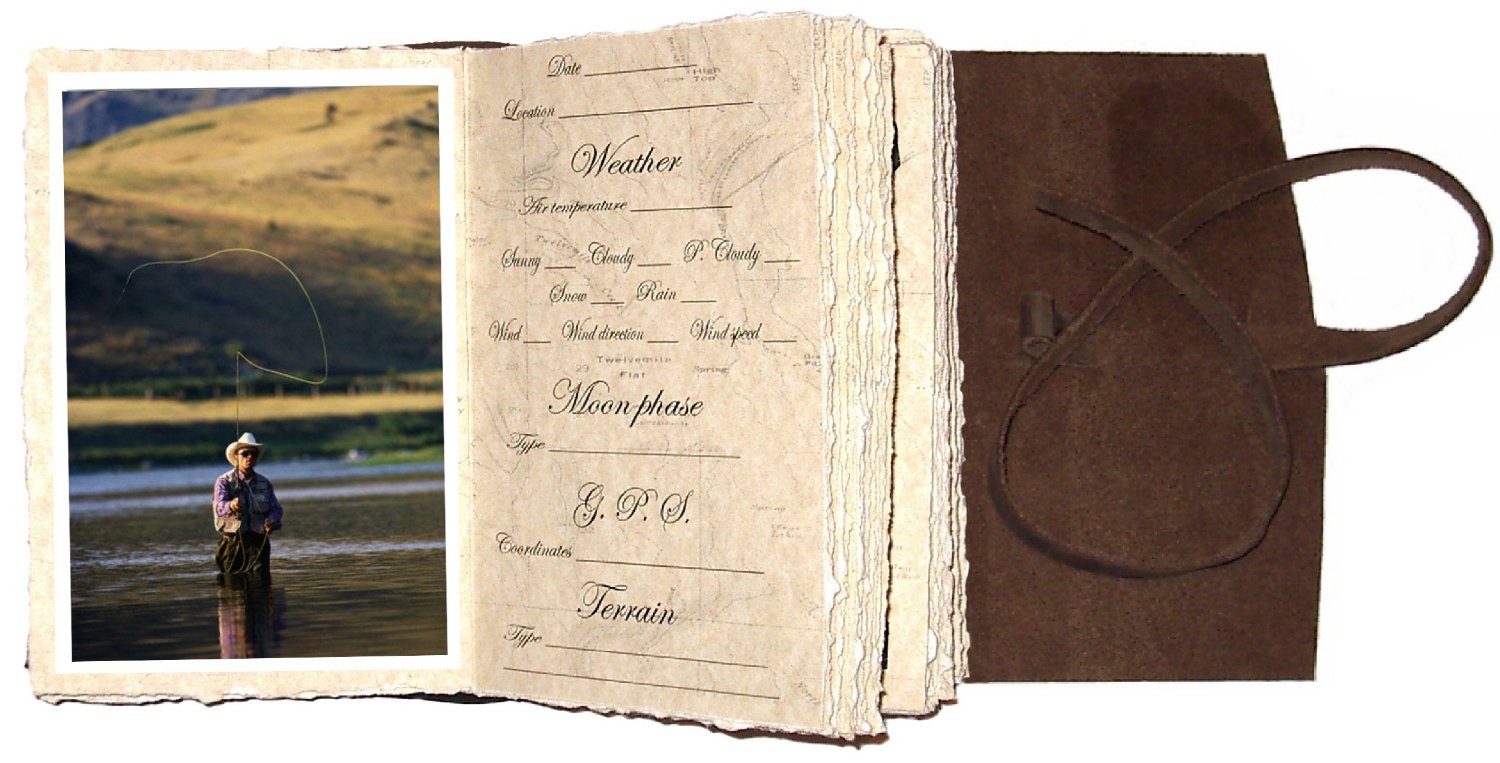
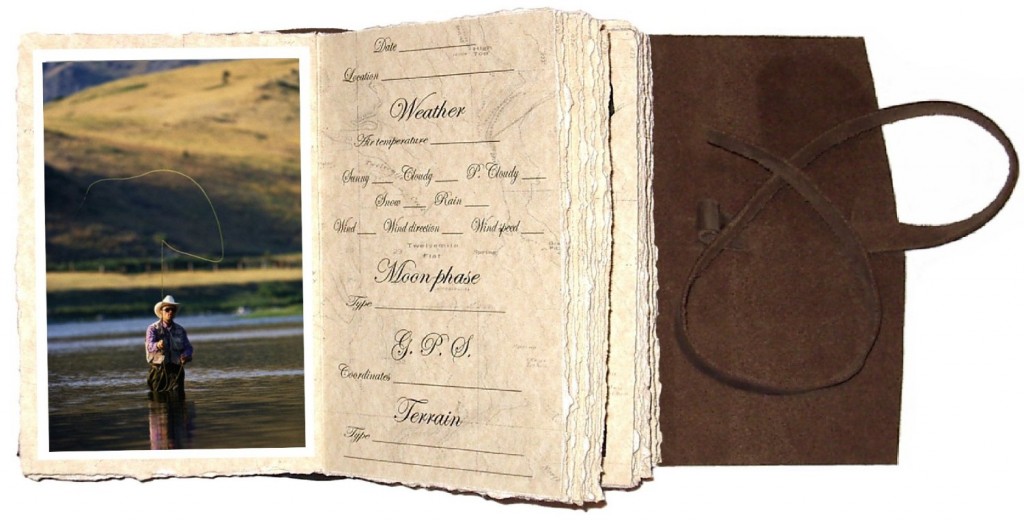
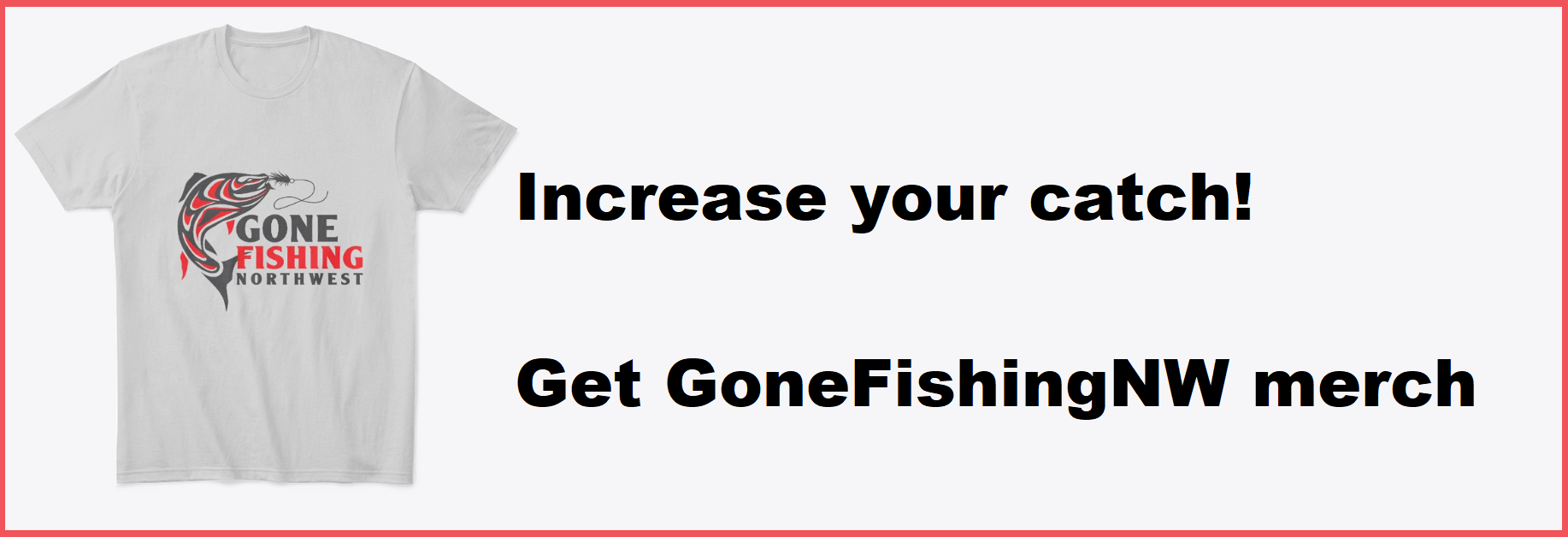

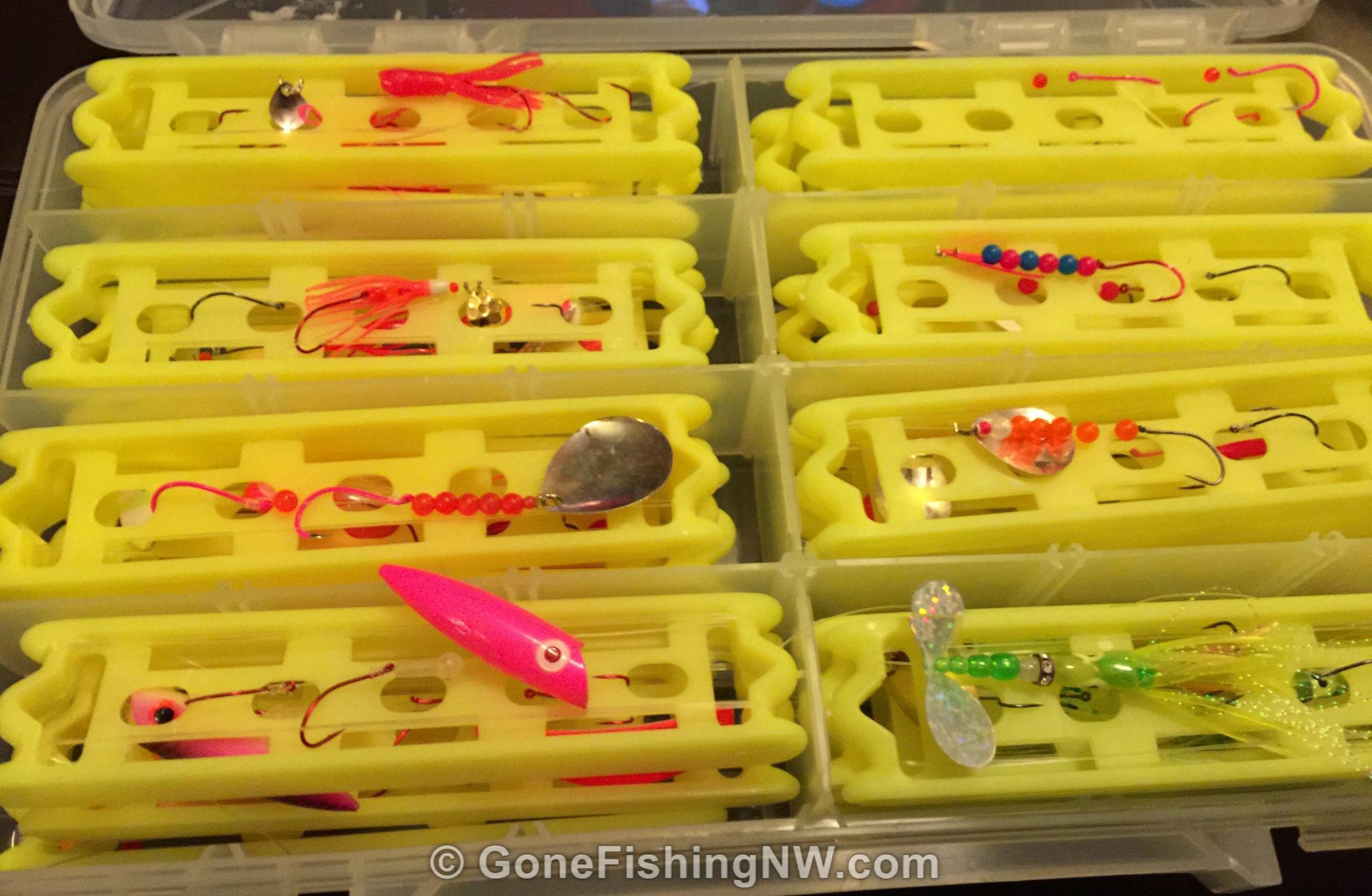
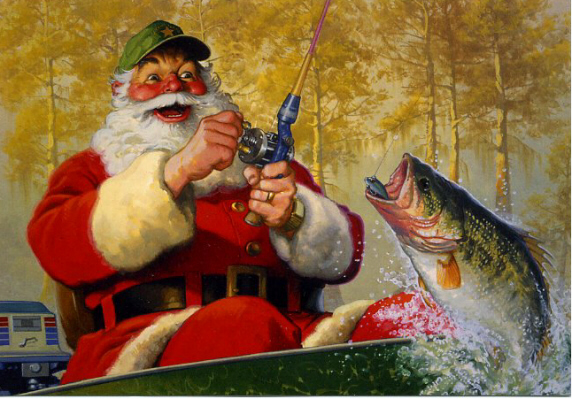
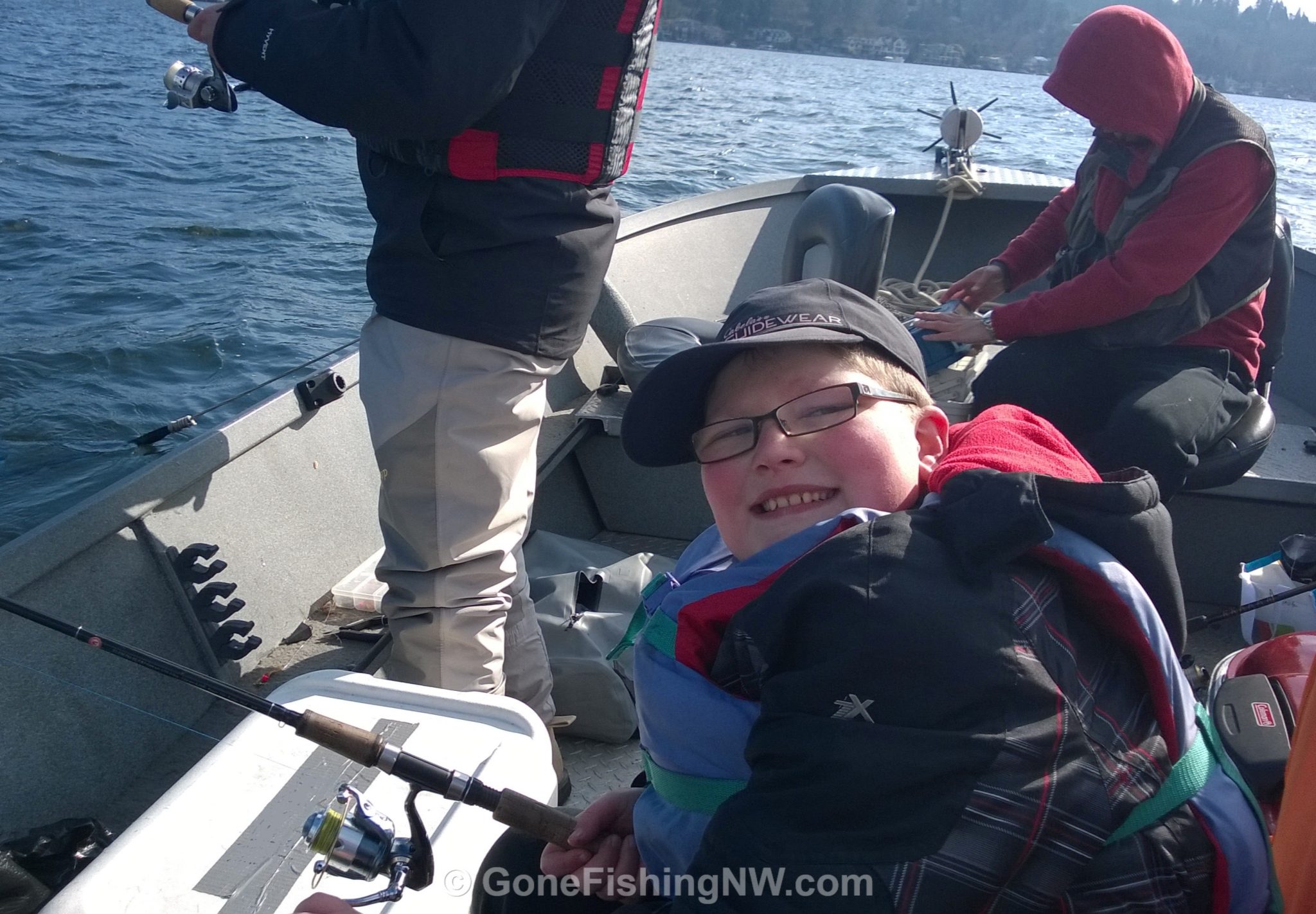
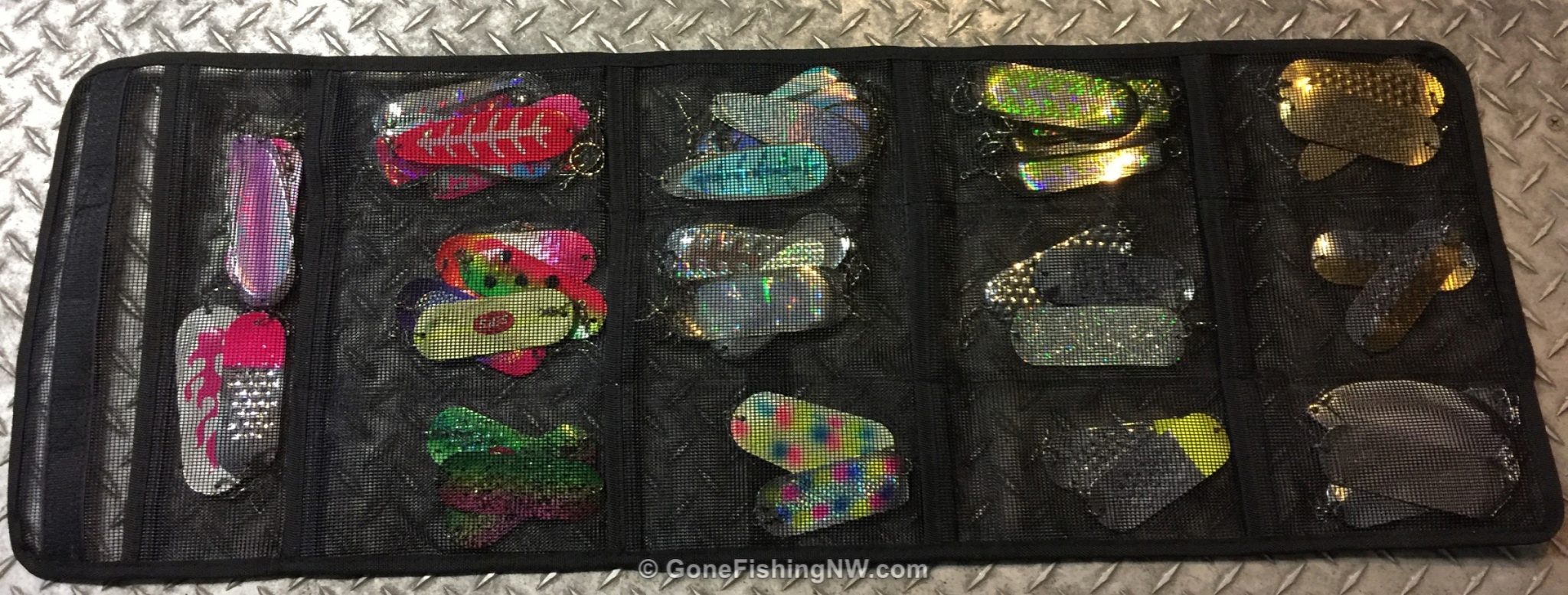
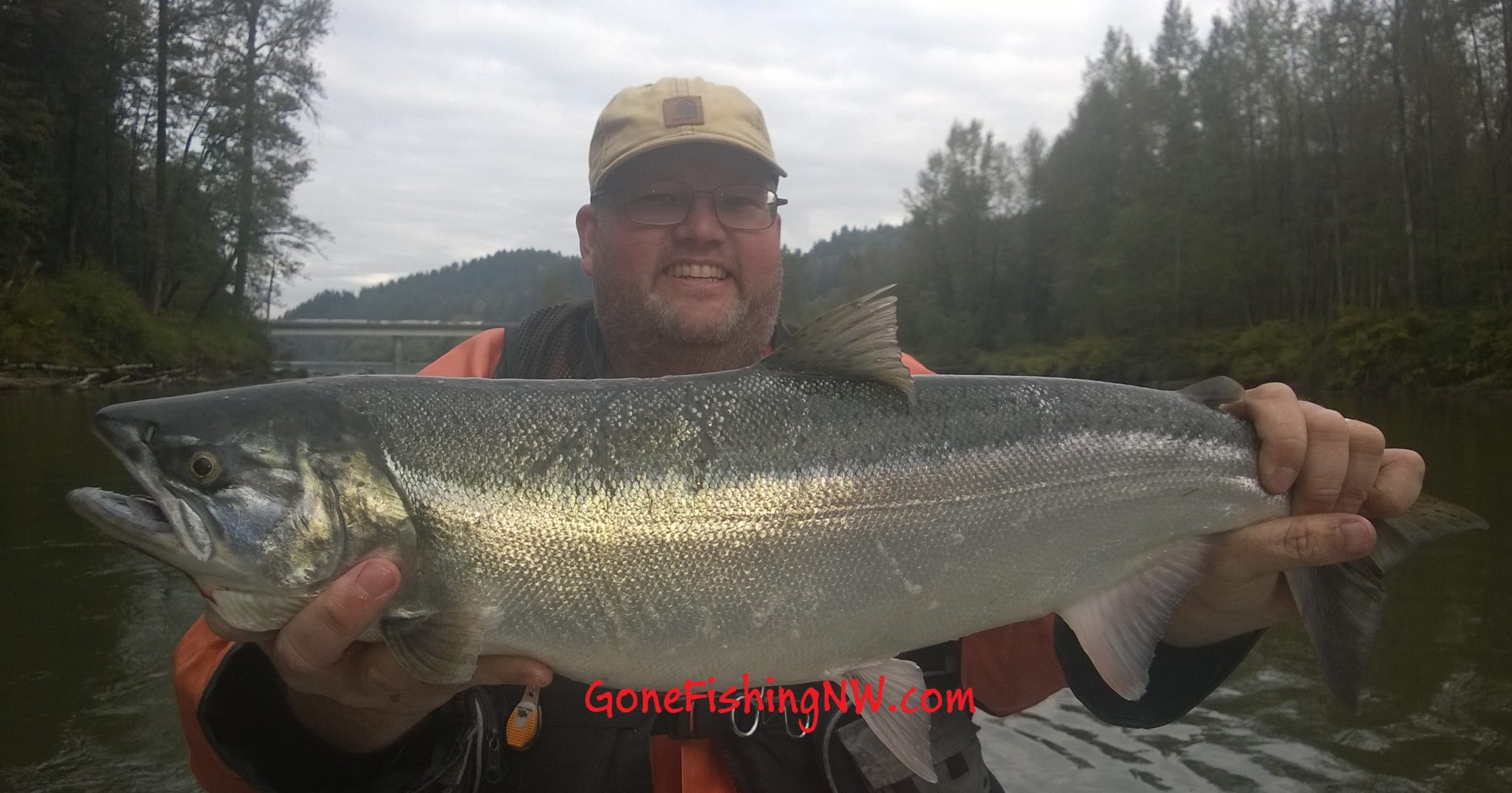
Comments are closed.